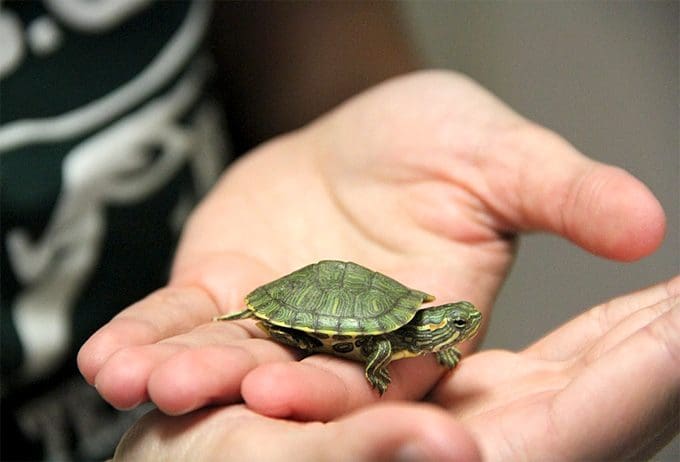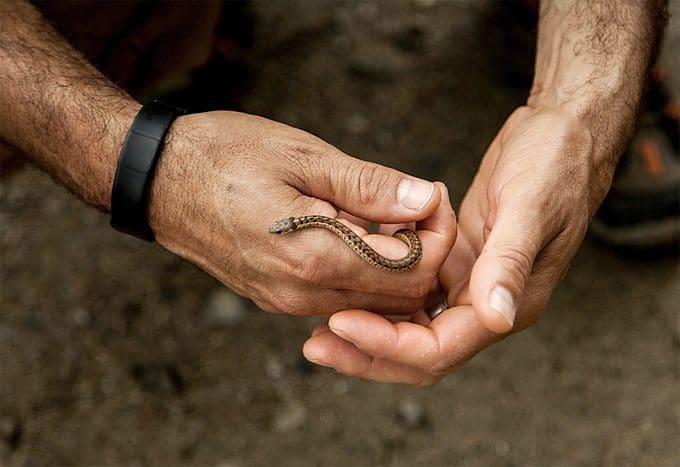words Al Woods
For some people, merely owning a dog or a cat doesn’t seem enough. For such people, they feel that owning non-traditional pets is an exciting journey, and in some, it gives them a way to experience the animal kingdom up close and personal.
Some of the most popular and common reptile pets include snakes, turtles, and lizards, all of which can be a great addition to any home.
Reptiles can make monumental pets, but it’s crucial to determine the type of reptile that will best fit your lifestyle before you get one. Not sure where to start? Let’s look at what you should know before getting yourself a reptile as a pet.

Take Time and Do Your Research
This is the essential step you should begin with before doing anything else. It would be best to understand that not all reptile species are the same, and some may not make good pets, especially for first-time owners. As such, it’s essential to follow a Reptile.Guide that will help you understand the type of pet you want, as well as the needs of that particular pet. Try to be as resourceful as possible by digging information from the internet or asking your local pet store the best type of reptile that would best fit you.
Some of the necessary information you should consider include but not limited to:
- Budget (upfront and long-term)
- Experience in dealing with reptiles
- Time
When buying a reptile, make sure to go through the proper channels and buy only from pet shops licensed and certified by relevant wildlife organizations. Doing your research will help you avoid the mistake of impulse-buying a reptile online or from an expo. Not knowing how to take care of the animal is something you cannot afford.
Nutritional and Feeding Requirements
There are specific diets available for reptiles, but many reptiles require vegetables and fruits as part of their daily feeding. However, some herps must be fed live food like worms, rats, crickets, water fleas, brine shrimp, all of which can be costly in the long-term. To avoid unnecessary costs, consider raising feeder insects, which will save you money, making it easier to budget for your new pet. In the case of lizards and snakes that eat live prey, consider feeding them killed prey for their safety and the prey’s humane treatment. Many breeders will sell to you killed prey, which is already frozen so that you don’t have to go through the mundane task of killing it yourself.
Don’t Think That a Reptile is the Same as a Mammal
We have seen homeowners think that a reptile is the same as a dog and treat a reptile-like a mammal. Studies have shown that mammals like dogs can demonstrate affection and other social behaviors to humans. Did you know even rats can show compassion? I bet that you didn’t know. There are no conclusive studies to suggest that reptiles have emotions or that they can display social behaviors. Reptiles are regarded as less social animals. It would be best if you did not think that two lizards on top of each other are cuddling like puppies would do; no, they are most likely competing for dominance and which among them is superior. Mistaking such behaviors can stress animals and reduce their quality of life, so make sure that you don’t treat your pet like the animal it isn’t.
Provide the Best Care
Besides what a pet would require for their enclosures, providing the appropriate amount of food and proper husbandry is still critical. As such, it’s essential to make sure that your pet has access to fresh and clean water daily. Your reptile will react differently to the surroundings, so ensure that each animal’s individual needs are met.

Temperature
Since many reptiles are cold-blooded, a captive herp can’t maintain its body temperature as required by its natural adaptation. This means that a reptile relies on you to provide an environment that allows it to thrive and stay healthy. It’s essential to have a temperature gradient that enables your reptile to move about with different surrounding area changes.
Depending on the reptile you have, you may be required to purchase special equipment like:
- Nocturnal heat lamps
- Basking lights
- Radian terrarium heaters
- Under-tank heaters
Providing heating and lighting equipment for reptiles is something that is ignored a lot. It would help if you kept in mind that you may need more heating equipment to sustain the animal’s temperature during cold seasons. Remember to schedule regular visits to the vet for checkups. With the appropriate attitude and care, a reptile can turn out to be a perfect companion.






